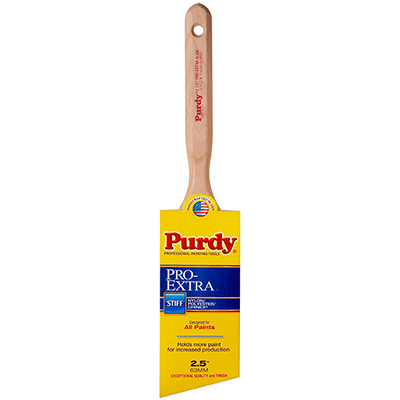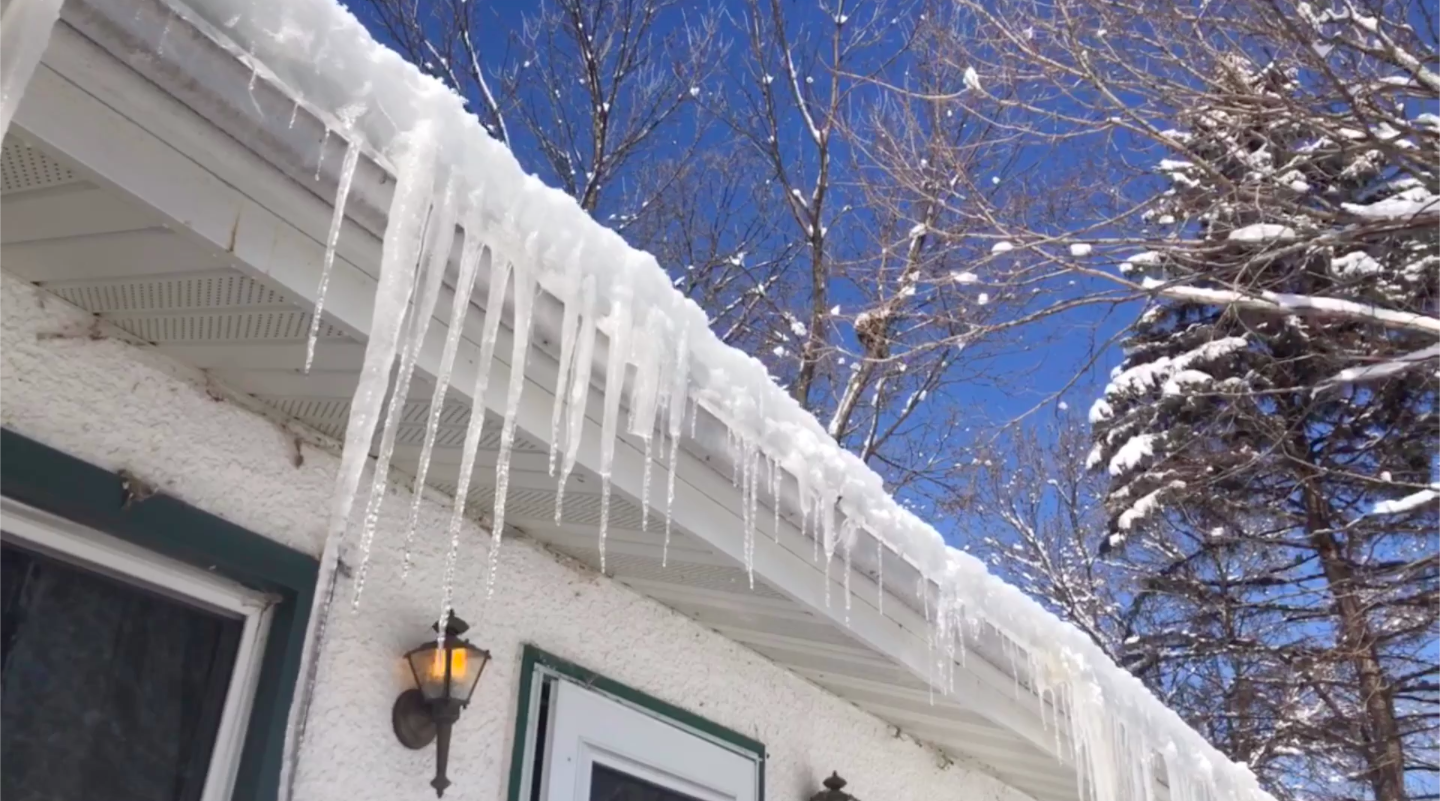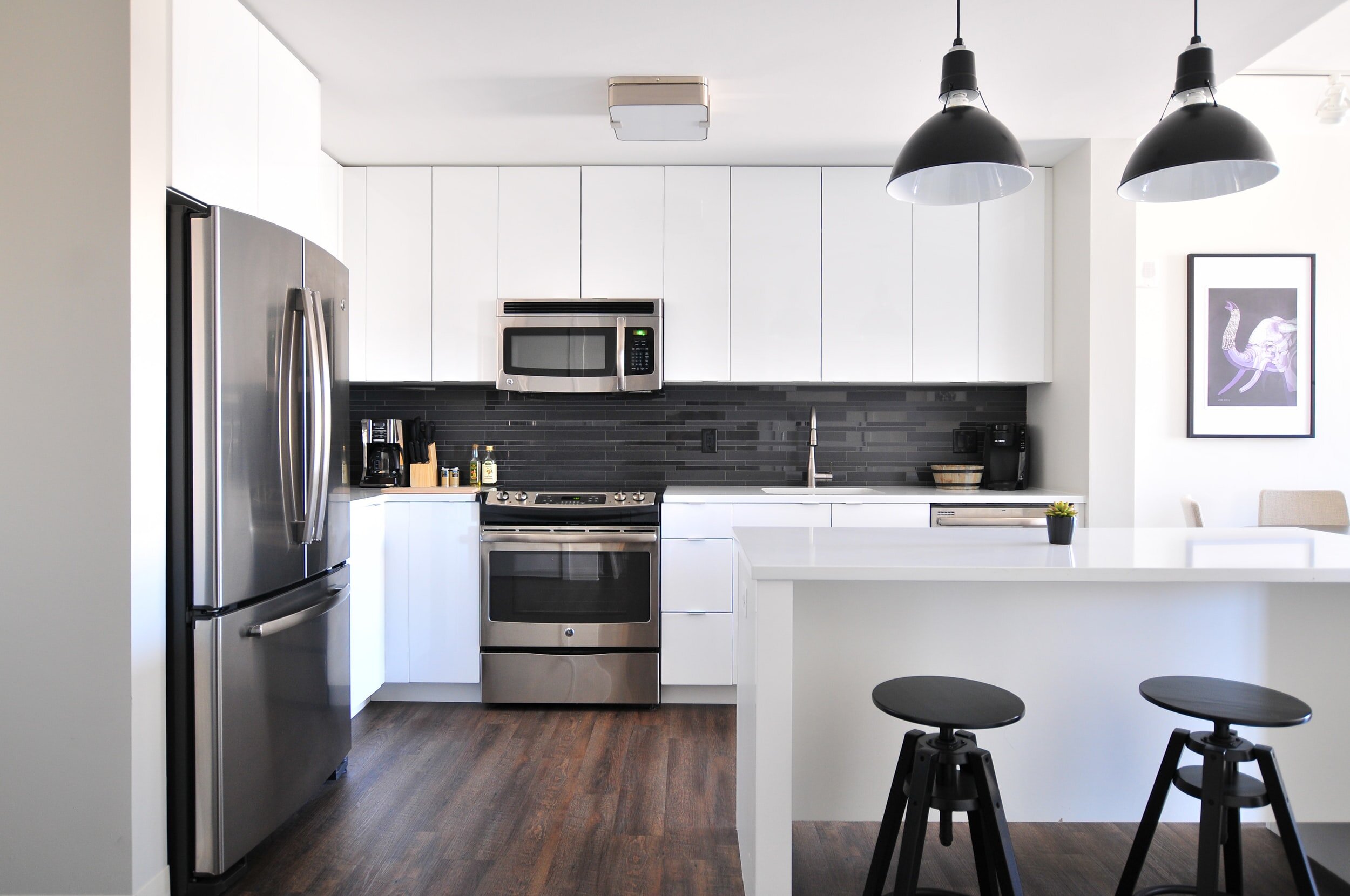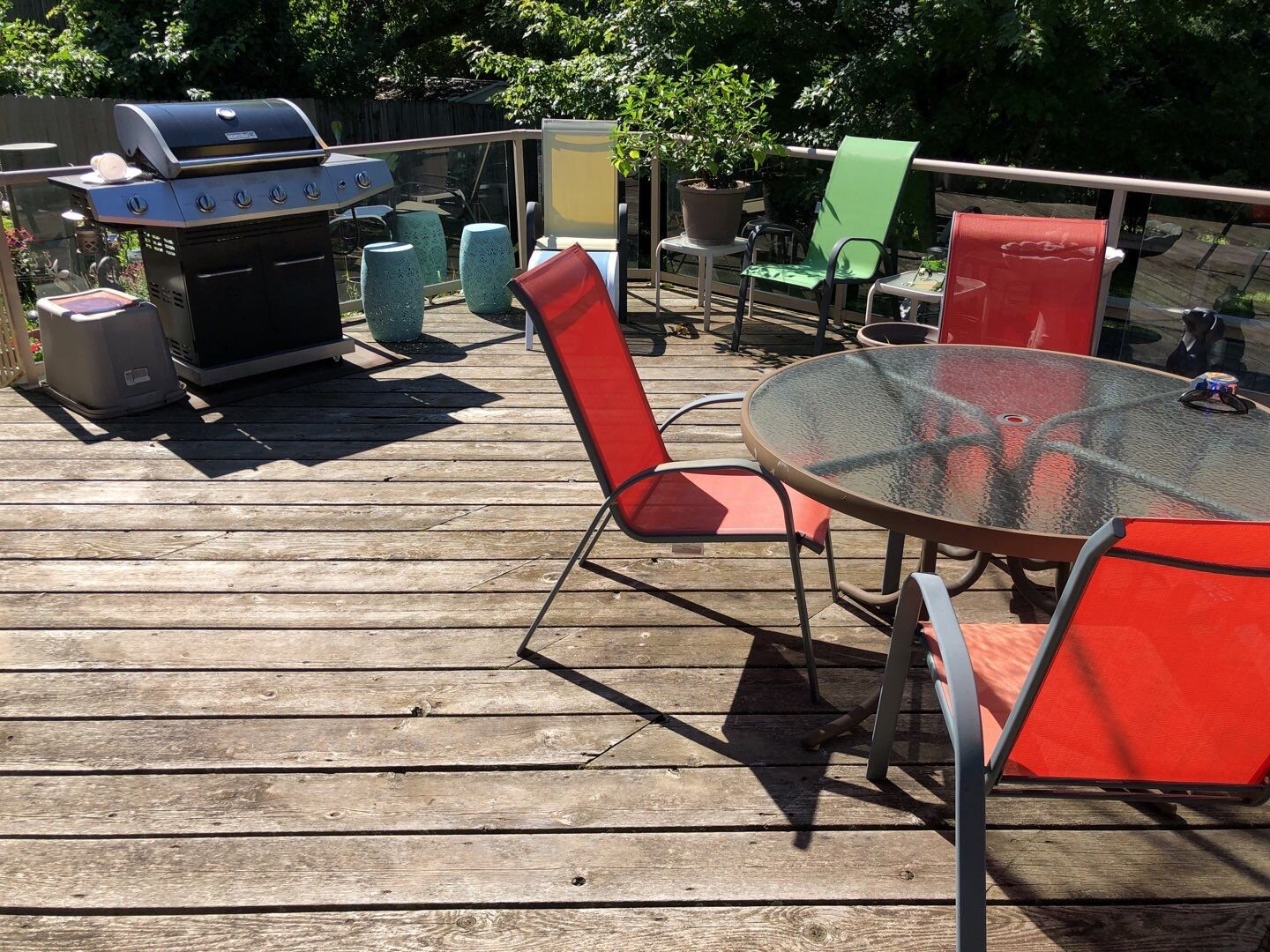If you’re interested in hiring a professional painter for an upcoming project, it’s important that you know how to read and understand, and potentially also compare painting estimates. If you’re planning to hire a painter that you’ve worked with in the past, you’ll want to make sure you know exactly what is included in their estimate, to ensure that you aren’t met with any surprises down the road. If you’re looking to hire a new painter, you’re most likely going to want to collect several estimates, compare them, and then make your final decision.
Twin Cities Resurfacing visits with potential customers and writes an average of 300 estimates per year – and while we know we’re not going to win them all, we really want everyone we meet with to be armed with the tools to make the best decision about who to hire, both for their project and for their budget. Doing so helps ensure a positive experience, even if it’s not with us. So, we’d love to use this blog to help you better understand how to read and compare the estimates you receive, so you can make the best decision about how to proceed. Let’s get started!
The main categories of information that you’ll find in most painting estimates are as follows:
Scope of Work
Price & PAYMENT TERMS
Your Responsibilities
Let’s dig a bit deeper into each category…
Scope of work
If you receive 3 estimates for your painting project it might be tempting to go with the lowest bid. That’s completely understandable… after all, who wants to pay more for the same service. But before you sign that contract, you’ll want to do your due diligence in confirming that all 3 estimates include the same scope of work. Here’s how to do just that.
When reviewing the estimates, you’ll want to make sure that every aspect of your project is included. If something that was discussed during your estimate isn’t included, you’ll want to ask that it be added, and then see how that affects the quoted price. Similarly, you’ll want to ensure that each estimate specifies exactly what is being prepped and painted - including which rooms are being painted, which walls and ceilings, which doors and trim, whether or not the insides of closets are being painted, etc. For exterior painting projects, don’t just assume that what you hope to have prepped and painted will be prepped and painted; make sure to carefully review each estimate to make sure that you and your potential painters are on the same page.
Proper surface preparation is the key to a quality paint job. With that in mind, you’ll want to carefully review the extent of surface preparation that is included in each estimate. For interior painting projects, what type of wall damage (normal wear and tear, picture hanger holes, nail holes, nail pops, failing sheetrock) will be repaired, will existing paint on trim and ceiling/wall intersections be remedied, etc. For exterior painting projects, will the house be power washed, will loose or peeling paint be scraped, will gaps be filled with caulk, and will wood trim and/or siding damage be repaired, etc.
You’ll also want to understand whether or not paint and primer is included in the estimates, what type of paint and primer will be used, how many coats of paint and primer will be applied, and exactly how that paint and primer will be applied (brush and back-rolled, sprayed, etc). Additionally, how many colors can you select before you’ll run into additional charges, and is a professional color consultation included?
Now that you’re comparing the estimates apples to apples for the work that will be completed, let’s take a look at price & payment terms.
Price & PAYMENT TERMS
Pricing and payment terms must be clearly outlined in the estimates you receive. Quotes given for projects that are sight unseen, that are ballpark numbers instead of a firm price, or are based on an hourly rate with no indication of how many total hours it will take to complete the job are all red flags that you should steer clear of. Also, deposit payments that are requested in cash, or demands for the entire estimate amount to be paid upfront should send you running!
Professional painters are experienced and know what it will take to complete your project from start to finish including all labor and materials, and will be able to give you a firm price, with the exception of things like wallpaper removal and exterior wood repairs, which can be incredibly difficult to assign a number of man hours to. For items like these, your estimates might include an estimate of the maximum number of hours it should take to complete these projects, and at what hourly rate, and note that you will be billed accordingly (at a rate not to exceed the maximum hours estimated).
The price you are quoted should also include the removal/recycling of all trash generated by the project, pre and post walkthroughs, and any and all insurance required to perform such services in your state.
After the total price for the project is outlined, the estimates should include payment terms. Twin Cities Resurfacing collects a 50% deposit payment for projects scheduled within 60 days, which allows for materials to be purchased and crews to be booked. After our customers have signed off on all aspects of a completed project, the remaining 50% balance will be invoiced. For projects scheduled more than 60 days out, we collect a 25% scheduling deposit payment, a 25% deposit payment due 2 weeks prior to project commencement (to allow for materials to be purchased and for crews to be booked), and after project completion and sign off, the remaining 50% balance is invoiced.
Regardless of what the total price and payment terms are on any given estimate, ensure that you know what is included for the price, and when payments will be due before you make your hiring decision.
Your Responsibilities
Lastly, it’s important to understand what YOUR responsibilities will be before, during and after the project. For example, are you responsible for moving furniture, artwork, etc. out of rooms that will be painted, or is that something that the painter will handle? Will you need to provide access to water, restrooms, electricity and parking? Are you expected to be home during the project, and how often are you expected to provide feedback? Finally, are you expected to sign a contract before any work can commence (doing so protects you as well as the painting company!)? Having a good idea of what your painter expects from you up front will undoubtedly save you from surprises later.
FINAL THOUGHTS
Twin Cities Resurfacing hopes that you found this blog informative, and that you will apply your learnings the next time you hire a painting contractor. If you have a project in mind that you’d like to schedule an estimate for, please click the button below to get started!













